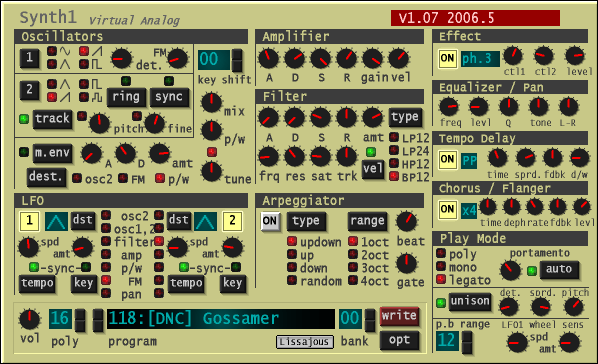Metaltastic
Member
- Feb 20, 2005
- 19,929
- 1
- 36
Here's a big one that I just posted in the synth sound thread: I wish I could find a tutorial/book to tell me what all the common controls on most synths do(like the way I learned what "threshold," "ratio," "attack/release" etc. on a compressor do). Someone maybe wanna write one?


Thanks!
Also I would like a vocal mixing guide/tips&tricks. Perhaps some recomendations on good reverb/comp/saturation/delay for vocals and so on.
I'd like to see a guide on how to process old school-style drums, if at all possible.
Plz 2 tell moar! :hotjump:[...] and sometimes even midi-drums on the side (eg. "...and justice for all") [...]
Plz 2 tell moar! :hotjump:

